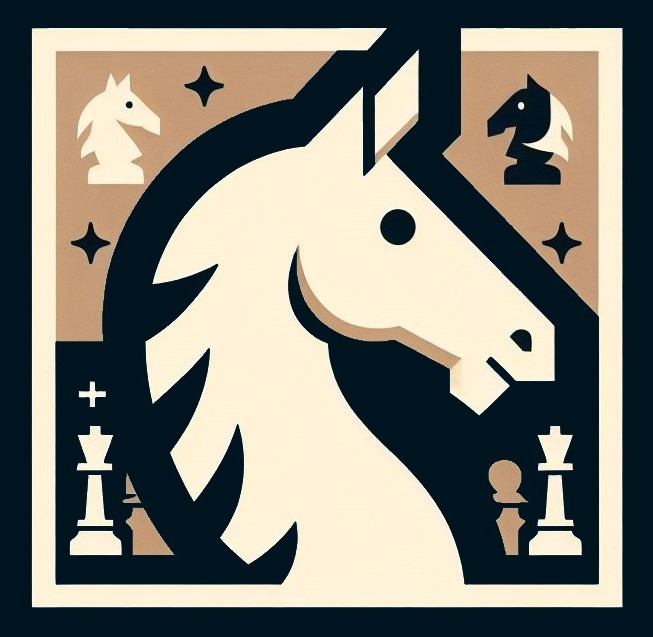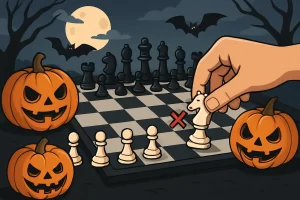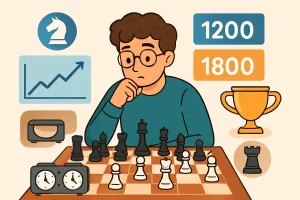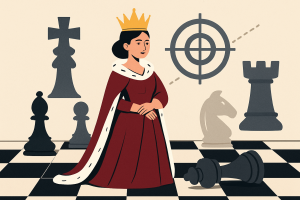Call us now:
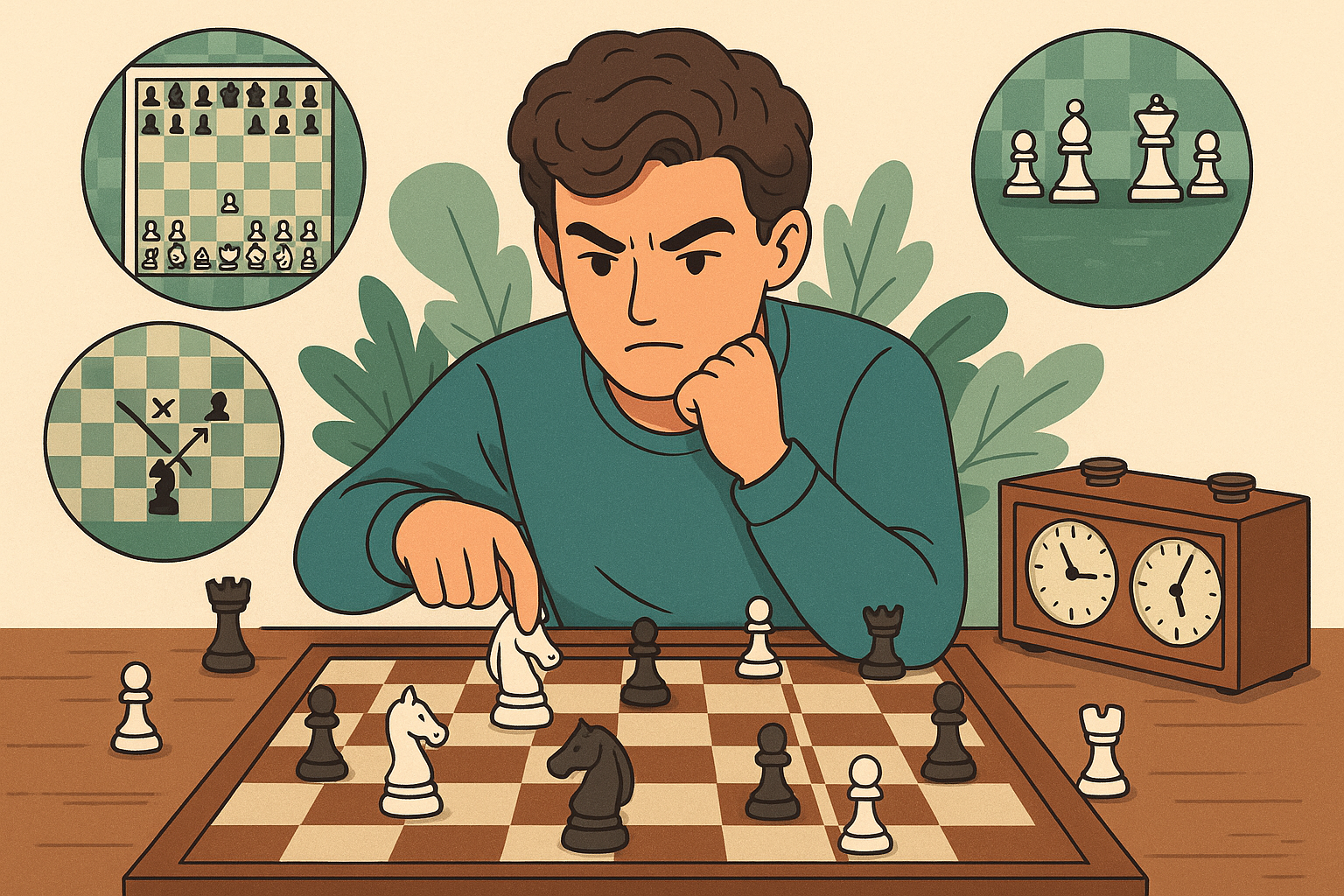
In a quiet room with sixty-four squares, two armies prepare for war. No words. No bullets. Just moves — elegant, ruthless, brilliant. Winning at chess isn’t about memorizing a few openings or flashy traps. It’s about understanding the soul of the board: the tension, the opportunity, the invisible battle beneath the surface. If you want to know how to win chess — consistently, confidently — you have to think like a warrior and analyze like an architect.
As someone who has logged thousands of hours both playing and studying this ancient game — in tournaments, clubs, cafés, and online battlegrounds — I’ve seen what separates winners from spectators. This isn’t about fixing your blunders with band-aid tips. It’s a journey into the core strategies, psychological warfare, and pattern recognition that define real chess victory.
Whether you’re a beginner stuck losing to your cousin or a competitive amateur clawing toward 1800 ELO, this comprehensive guide will show you how to win chess against players of all levels — not by chance, but by command.
✅ Table of Contents
- 1. Understand the Objective: What “Winning” Chess Really Means
- 2. The First Battlefield: Best Chess Openings for All Levels
- 3. Your Strategic Engine: Middle Game Chess Strategies to Win
- 4. Tactics Win Games: Killer Chess Moves and Pattern Recognition
- 5. The Final Blow: How to Win the Endgame in Chess
- 6. Avoid Losing: Common Chess Mistakes That Cost Games
- 7. Mental Game & Psychology: Outsmart Your Opponent
- 8. Fast Wins: How to Win Chess in 3 Moves (and Traps to Avoid)
- 9. How to Never Lose Again: Building Consistent Winning Habits
- 10. Beginners FAQ: Real Questions From Real Players — Answered
- 11. Final Thoughts: Checkmate is Earned, Not Given
Understand the Objective: What “Winning” Chess Really Means
To win chess, you must first redefine what ‘winning’ means. It’s not always about checkmate. In tournaments, a win also includes resignations, flagged clocks, and even psychological domination over time. Understanding how games end shapes how you play.
Ways to Win a Game of Chess:
| Method | Description |
|---|---|
| Checkmate | Opponent’s king is under attack with no escape. |
| Resignation | Opponent realizes the position is hopeless. |
| Timeout | Opponent runs out of time on the clock. |
| Default Win | Forfeits, no-shows, or illegal moves. |
Knowing your win conditions should shape your planning from move one. This isn’t just about making good moves — it’s about steering the whole game toward victory while denying your opponent any chances to turn the tables.
The First Battlefield: Best Chess Openings for All Levels
Control the beginning, and you control the tone of the game. The opening phase is where you lay out your vision.
Three Goals in the Opening:
- Control the center (e4, d4, e5, d5)
- Develop your minor pieces (knights before bishops)
- Castle early for king safety
Resisting the urge to grab pawns and chase traps is often what separates long-term success from tactical implosion.
🔥 Top Chess Opening Tricks and Ideas
Here’s a breakdown of beginner-friendly openings with strong positional foundations:
| Opening Name | For White / Black | Goals / Ideas |
|---|---|---|
| Italian Game | White | Quick development, pressure on f7 |
| Queen’s Gambit | White | Positional squeeze, central control |
| Scandinavian Defense | Black | Immediate challenge to e4 |
| Sicilian Defense | Black | Imbalances, counterattack opportunities |
| London System | White | Solid structure, low maintenance setup |
| French Defense | Black | Counterpunch strategy & strong pawn structure |
Learning the ideas behind an opening matters more than memorizing moves. Ask not “what move do I play next?” but “why does this move work in this position?”
Your Strategic Engine: Middle Game Chess Strategies to Win
Once you’ve developed your pieces and your king is safe, we enter the realm where most amateur games are won — or lost.
The middle game is about turning minor advantages into major threats. More often than not, the decisive moment comes here, not in the endgame.
Core Middle Game Concepts:
- Pawn Structure: Doubled pawns, isolated pawns, backward pawns — know how to use and exploit them.
- Open Files: Control them with rooks to invade enemy territory.
- King Safety: Always reevaluate — is your opponent exposed now?
- Outposts: Dominant squares for your knights or bishops.
- Initiative: Make your opponent respond to you.
Here’s something many beginners miss: the middle game isn’t about random aggression. It’s surgery. You cut off your opponent’s resources, apply pressure, and wait until the position breaks.
Tactics Win Games: Killer Chess Moves and Pattern Recognition
Grandmaster Savielly Tartakower said it best: “Tactics is knowing what to do when there is something to do; strategy is knowing what to do when there is nothing to do.”
No matter how strategic you are, if you miss forks and pins, you’ll bleed games.
Must-Know Tactical Tools:
- Fork – One piece attacking two or more enemy pieces
- Pin – Immobilizing a piece because moving it would expose a more valuable one
- Skewer – Like a reverse pin — target behind the front piece
- Discovered Attack – Moving a piece to reveal an attack from another
- Double Check – Impossibly hard to defend; requires king move
- Zwischenzug – A surprising intermediate move that changes the calculation
- Sacrifice – Offering material for positional or tactical gain
Visual mastery of these ideas is key. Instead of drilling openings for hours, invest time in tactics puzzles. At 1400 ELO and below — tactics win most games.
The Final Blow: How to Win the Endgame in Chess
So you’ve traded down. The board is almost empty. What now?
This is where games are converted. If you can’t win with a queen versus king, or push a passed pawn with your rook behind it, your planning falls apart here.
Endgame Principles Every Player Must Know:
- King Activity – Your king becomes a fighting piece now.
- Opposition – Outmaneuver the enemy king in pawn endings.
- Basic Mates – Practice the following until you can do them sleepwalking:
- King + Queen vs King
- King + Rook vs King
- King + 2 Bishops vs King
| Key Endgame Table | Concepts to Remember |
|---|---|
| Rook + King vs King | Put rook on same row/column as king, cut off space |
| Lucena Position | Winning with rook + pawn |
| Philidor Position | Drawing with rook vs rook + pawn |
Endgames can turn losses into miracle saves or slight edges into heartbreak. Don’t skip them. They’re your final weapon.
Avoid Losing: Common Chess Mistakes That Cost Games
Sometimes, not losing is the best way to start winning.
Here are some of the most common chess blunders — especially among beginners:
🔻 Top Mistakes to Avoid
- Moving the same piece multiple times in the opening
- Bringing the queen out too early
- Ignoring threats (“hope chess”)
- Missing checks, captures, and threats in every move
- Not castling or delaying it too long
- Blitzing moves without thinking
If you slow down and run a mental “checks-threats-captures” scan each move, you’ll reduce blunders by 80% instantly.
Mental Game & Psychology: Outsmart Your Opponent
Chess isn’t just played on the board. It’s played in your mind — and theirs.
Psychological Factors That Decide Outcomes:
- Confidence: Stop playing scared. Boldness unsettles opponents.
- Bluffing: Sacrifices and traps create pressure.
- Time Management: Always think on their time. Save yours.
- Resilience: Bounce back after early mistakes — don’t tilt.
- Reading Opponents: Some players play openings they don’t understand — exploit this.
Knowing your opponent is just as important as knowing your openings.
Fast Wins: How to Win Chess in 3 Moves (and Traps to Avoid)
Yes, technically, you can win chess in 3 moves. It’s called the Fool’s Mate — but it only works if your opponent cooperates with terrible play.
👇 Here’s How It Looks:
1. f3 e52. g4 Qh4#Just because you know it doesn’t mean you’ll pull it off. Focus instead on recognizing threats like this from others. However, fast win traps do exist and can score you brutal early victories.
Top Traps:
- Legal Trap (knight fork)
- Fishing Pole Trap (bishop sacrifice)
- Elephant Trap (Queen’s Gambit Declined line)
- Noah’s Ark Trap (against Bc4 in Sicilian)
Learn when to spring them — and more importantly, when to not fall for them.
How to Never Lose Again: Building Consistent Winning Habits
Want to win at chess every time? Let’s be real — you won’t win every game. But you can maximize the odds. Here’s how top players build consistency.
✅ Winning Habits:
- Daily tactic practice (15–30 minutes)
- Post-game analysis — even of wins
- Slow games (15+ minutes) for learning
- Learn one opening for white, one for black
- Always play with a plan (even if the plan is bad)
- Learn from losses — emotionally detached
Over time, you’ll spot patterns you never noticed. You’ll feel the position humming. And your win rate will climb.
Beginners FAQ: Real Questions From Real Players — Answered
🧠 Can you win chess in one move?
No, not legally. The fastest checkmate is Fool’s Mate in 2–3 moves — but your opponent must play catastrophic moves.
🧠 What’s the best first move in chess?
e4 and d4 are both strong center-control options. e4 leads to tactical, open games. d4 tends toward strategy.
🧠 How do I get better at traps?
Study common tactical themes and one trap per opening — knowledge + pattern recognition = danger.
🧠 Do grandmasters memorize every move?
No. They understand ideas, structures, weaknesses. Memorization fades — comprehension sticks.
Final Thoughts: Checkmate is Earned, Not Given
To win at chess is to become a student of detail. Each board is a universe. Every piece is a blade. The best players don’t just react — they shape the game. They build tension. They see five moves ahead not through sorcery, but sweat.
Winning isn’t about crushing your opponent for ego. It’s about understanding. Mastery. Connection with a tradition that stretches through centuries and champions. From dusty Paris cafés to gleaming online arenas, the rules remain — but victory belongs only to those who earn it.
And now you know how to do just that.
Every game is a chance to learn, to evolve.
So go. Sit down. Shake hands. And win.
—
🎯 Ready to level up further? Start by mastering one opening system, doing 20 tactic puzzles a day, and replaying your own games with a critical eye. Victory favors the relentless.
Check. Mate. 🔲♜
